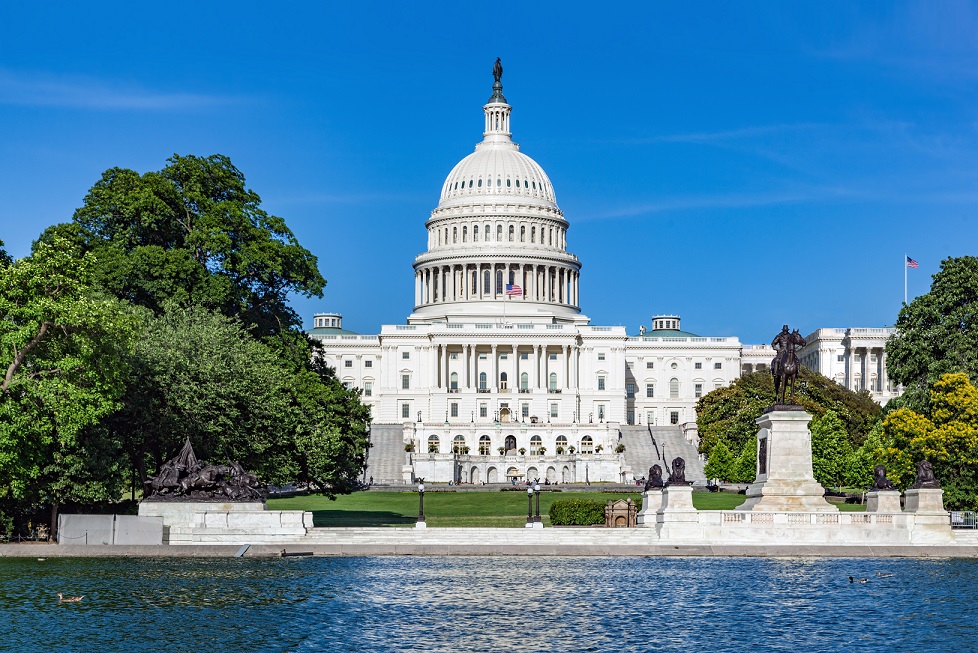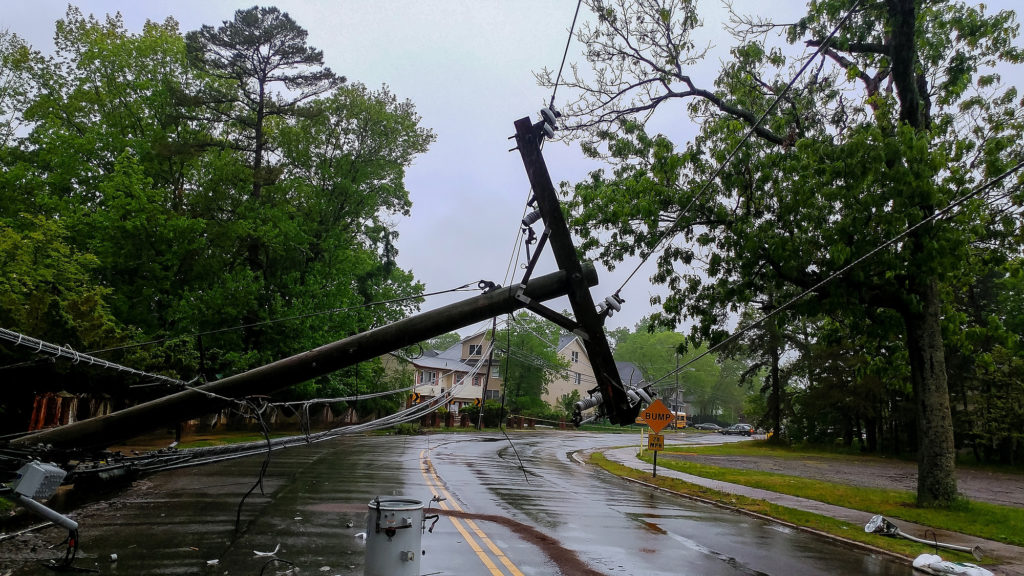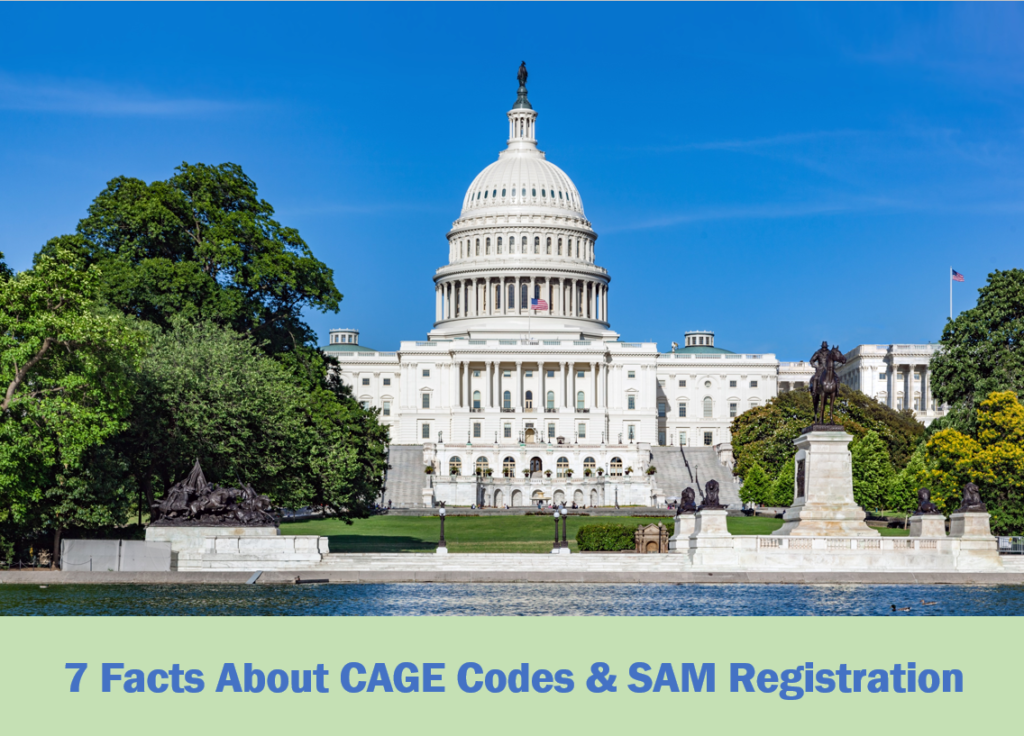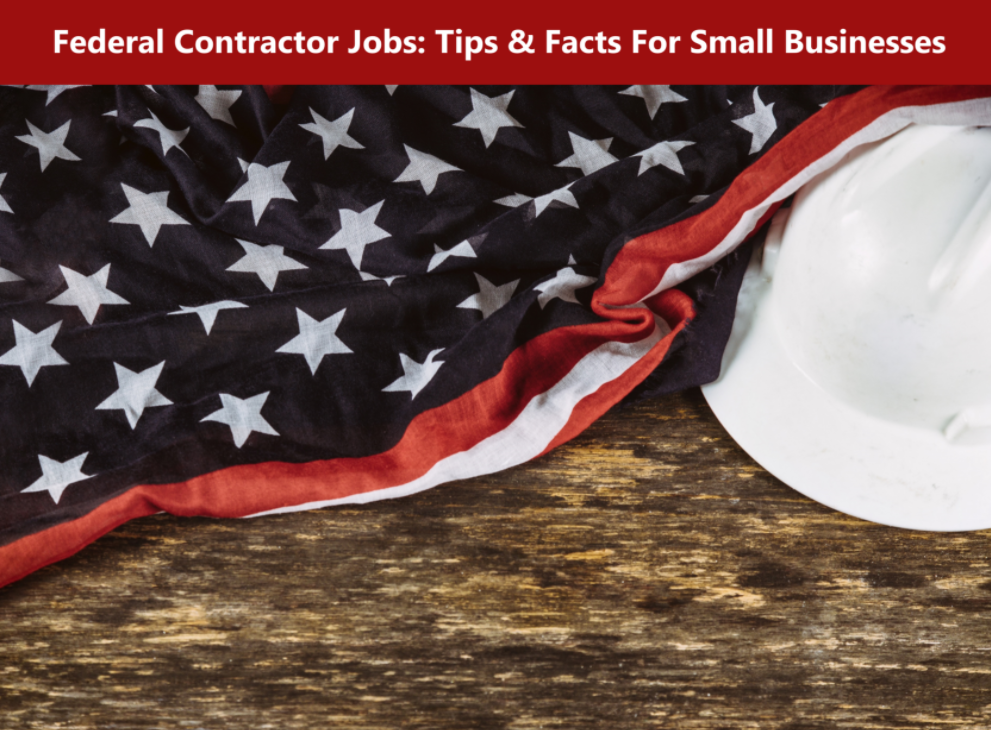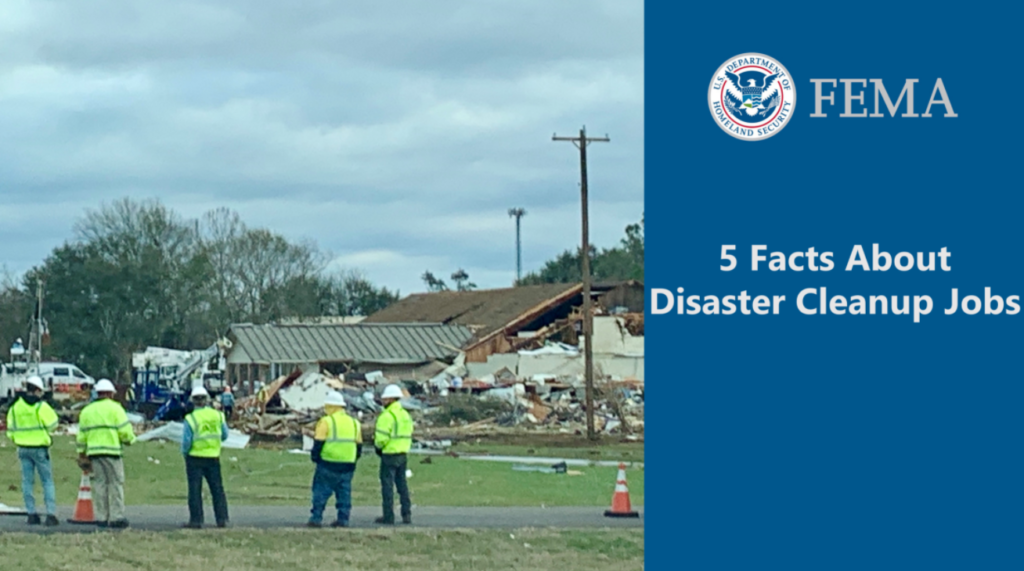When it comes to federal contractor jobs, there are several options to consider including traditional contracting jobs, such as disaster relief jobs for FEMA or providing goods or services to another agency. For small businesses, subcontracting can be a good option to consider, especially when you are just getting started with contracting. GSA contracts are another option, but they can be tricky to understand and attain, so let’s take a look at this third option.
What Are GSA Contracts?
First of all, the GSA is the General Services Administration. This is a federal agency whose main purpose is procurement meaning they purchase goods and services for all government agencies. The GSA is also in charge, through its Federal Service Desk, of the huge database for all government contractors – the System for Award Management.
The System for Award Management (SAM) includes all active (and inactive) government contractors. You cannot do business with the federal government without first completing your SAM registration, and this includes applying for GSA contracts. Once you have completed SAM registration, you can work with just about any federal agency, including GSA.
For most types of standard government contracts, an agency will post a solicitation on SAM.gov and government contractors will bid on the contract. This takes some time as the government procurement agent will have to review all of the bids and make a decision about which contractor or contractors to choose.
With GSA contracts, also known as GSA schedules, you can bypass this bidding process and become an approved vendor for any government agency. Getting on a GSA schedule does not guarantee that you will make any money, but it can help you bypass the bidding process.
For instance, perhaps your company produces air purifiers. You could apply to become listed on the GSA schedule for Industrial Products and Services. If approved, this means when a government agency needs air purifiers, they can simply purchase them from an approved GSA vendor rather than going through the whole contract and bidding process. It’s a time saver both for the government agency and the vendor.
Completing SAM Registration
SAM registration is always the first step with any type of government contract. With SAM registration, you have two options. You can complete the SAM registration application on your own at no charge or you can hire a third-party, such as Federal Contractor Registry to complete the process for you.
While the government does not charge a fee for SAM registration, the process is complicated and time-consuming and can take 10, 12 or more hours to complete. Many people become frustrated with the process and give up on the idea of government contracting, which is unfortunate because contracting can be highly profitable.
Hiring a third party does cost money, but because we’ve completed thousands of SAM registrations and SAM renewals, we fully understand the process and can complete your registration quickly and accurately. As part of our SAM registration fee, we also can help you with other steps, including:
- Signing up with the Small Business Administration (if applicable)
- Helping with the Notarized Letter Requirement for SAM Registration
- Acquiring your Unique Entity Identifier (which recently replaced DUNS)
- Introducing you to Super 8a Contractors in the FCR Network
Are GSA Contracts Right For You?
If you want GSA contracts, the first step is to ensure that you have the types of goods and services needed by the GSA. There are 12 categories including:
- Facilities
- Furniture & Furnishings
- Human Capital
- Industrial Products & Services
- Information Technology
- Miscellaneous (Includes everything from apparel to flags to musical instruments)
- Office Management
- Professional Services
- Scientific Management & Solutions
- Security & Protection
- Transportation & Logistics Solutions
- Travel
You can head to GSA’s eLibrary at https://www.gsaelibrary.gsa.gov/ElibMain/home.do to help learn more about the types of goods and services needed within these 12 categories, but let’s use one – Office Management – as an example.
Within the Office Management category, you can find many different types of GSA contracts. For instance, one category includes office supplies such as copy paper, shedders, toner cartridges, pens, paper clips, mailing and shipping supplies, calendars, file folders and much more. If you can provide one or more of these items consistently at a level needed by government agencies, you might be a great fit for a GSA contract.
GSA Requirements
Once you’ve established that your business is a good fit for GSA contracts, you must ensure that you meet the prerequisites for getting on a GSA schedule. One requirement is that your business was established two or more years ago and can provide financial statements for two years.
Additionally, you must be able to show, as it states on the GSA website, “measurable past performance.” If you have already earned three or more federal contracts and have ratings in the Contractor Performance Assessment Reporting System, this can be an adequate measure of past performance.
If you are just getting started with government contracting or have only one or two completed government contracts with ratings, the GSA will ask for references from at least six previous clients or customers to gauge your past performance. You will be evaluated on several factors including reliability, quality, cost, accuracy, professionalism, delivery times and customer support.
You also need to complete some GSA training, and you can find this training, which is free, at GSA.gov. The first part of training is reading a 90-page guide entitled Pathways to Success, which helps you better understand how GSA awards contracts. The second part is to complete a multi-page Readiness Assessment checklist. While both of these steps take time, you can learn a great deal about GSA and its processes while completing your training.
Once you have completed the training and completed your SAM registration, received your Unique Entity Identifier and compiled a list of previous customers that can attest to the quality of your past performances, you can go to https://eoffer.gsa.gov/ and begin the process of applying for consideration for a GSA schedule.
This can be a complicated process and there are private companies out there that can help you get on a GSA schedule. If you believe GSA contracts will be a profitable option for you, this could be an option to explore. Keep in mind, that it can take many months for GSA to approve you (even up to 12 months), and this does not guarantee that your goods or services will be purchased. We usually recommend that company representatives continue to seek out traditional government contracts while they wait to see if they are approved for a GSA schedule.
Contact Us For SAM Registration Help!
If you would like for us to complete your SAM registration, just click on the green New Registration tab on our homepage and fill out our quick contact form. Once you submit, a registration specialist will be in touch with you as quickly as possible to get started on your SAM registration so that you can begin bidding on GSA contracts or any type of government contracting job.
